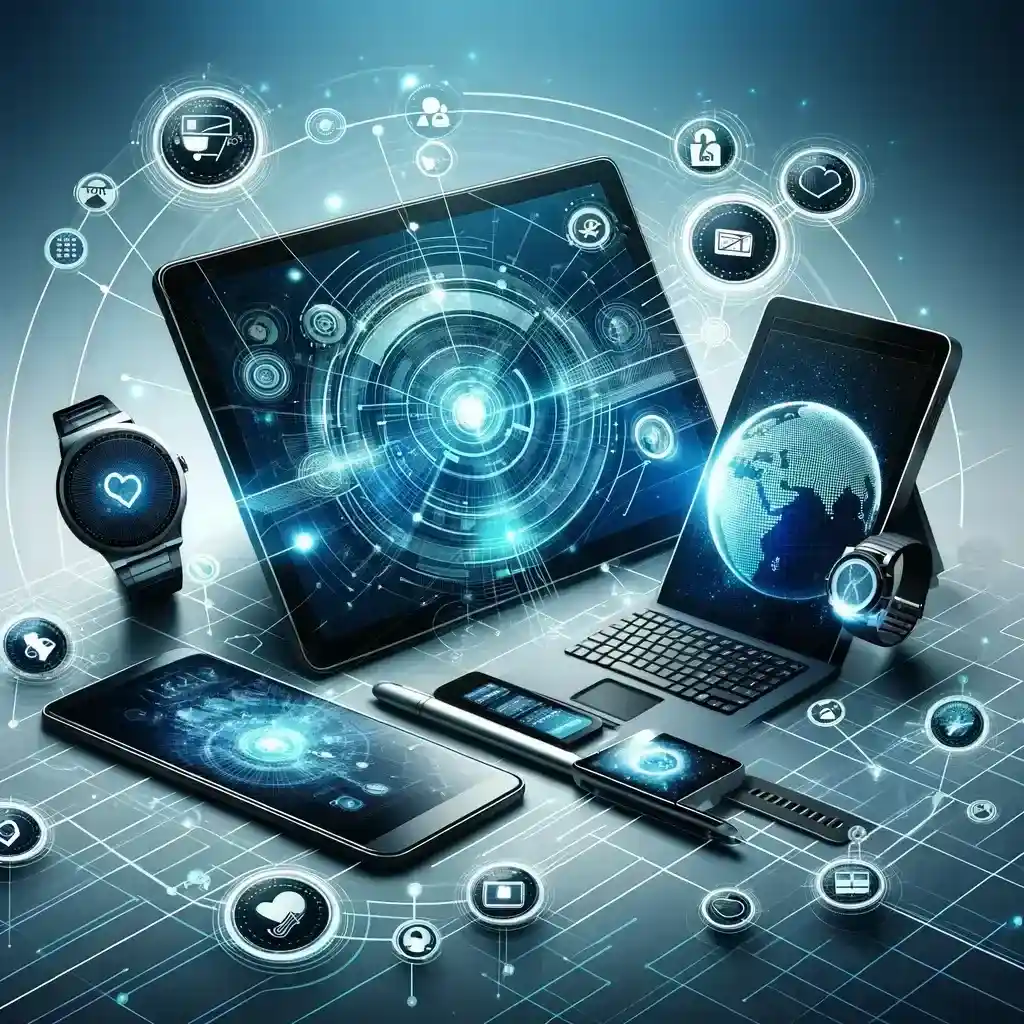The term “technology” finds its roots in the ancient Greek word “techne,” which means skill with art or craft. Technology refers to the practical application of scientific knowledge for everyday use. we will study in details in this article what is technology and its uses, types macro and micro niches, different clusters form and application of technology.
For example,
A smartphone contains,
1. Hardware (screen, processor, battery)
2. Software (messaging, navigation, social media apps).
This helps us to communicate, access info, and do tasks anywhere,
Application:
- Technology applies technical and scientific knowledge.
- Its objective is to achieve goals and enhance the quality of life.
- It involves the creation of new objects.
The distinction between technical and scientific knowledge is crucial.
Technical knowledge guides us in executing processes. scientific knowledge elucidates how nature behaves.
Example:
content of limonite rock is scientific knowledge, knowing the steps to extract iron from it is technical.
WHAT IS A TECHNOLOGICAL OBJECT?
A technological object is to artifact designed to meet needs or solve problems. this includes everything from basic tools like wheels and plows to advanced devices.
Areas of Technology
Areas covered under technology niche from macro to micro niche are:
Technology is the scientific knowledge of processes and tools to solve problems. Technology is the knowledge of tools, machines, techniques, and methods to solve problems. Technology can be categorized into several macro and micro niches.
A few categories given below:
1. Macro Niches:
· i. Information Technology (IT):
Focuses on computing technology, including hardware, software, networking, and the Internet.
· ii. Biotechnology:
Deals with living organisms, cells, or biological systems to develop products and applications.
· iii. Nanotechnology:
Deals with the manipulation of matter on an atomic, molecular, and supramolecular scale.
· vi. Energy Technology:
Encompasses technologies related to the generation, storage, distribution, and efficient use of energy.
· v. Transportation Technology: Covers various modes of transportation, including automotive, aerospace, maritime, and rail.
· vi. Environmental Technology: Addresses technologies aimed at environmental protection, pollution prevention, and sustainable development.
2. Micro Niches:
· i. Artificial Intelligence (AI):
creating intelligent machines capable of performing tasks in place of human intelligence.
· ii. Internet of Things (IoT):
connecting everyday objects to the Internet and enabling them to send and receive data.
· iii. Blockchain Technology: Utilizes distributed ledger technology for secure and transparent transactions.
· iv. Augmented Reality (AR) and Virtual Reality (VR):
Merge digital information with the user’s real-world environment
· v. Cybersecurity:
Focuses on protecting computer systems, networks, and data from cyber threats, attacks.
Involves the design, construction, operation, and use of robots for various applications.
· vi. Renewable Energy Technologies:
Include solar, wind, hydroelectric, biomass, and geothermal energy systems for sustainable power generation.
· vii. Bioinformatics:
Integrates biological data with computational techniques to analyze and interpret complex biological systems.
· viii. Smart Home Technology:
automation and control of home devices and systems for improved convenience and comfort.
· ix. 3D Printing/Additive Manufacturing
Builds three-dimensional objects layer by layer from digital design.
Technologies over view:
These technologies drive innovation in human life and society. we take over view of different technologies
Software’s:
Programming Languages
Software Development
Cloud Computing
Operating Systems
Open-Source Software
E-commerce:
Online Retail
Digital Payments
E-commerce Platforms
Customer Experience
Supply Chain Management
Websites:
Web Development
UX/UI Design
SEO Optimization
Responsive Design
Content Management
Mobiles:
Mobile Applications
Mobile User Interface (UI)
Location-Based Services
Mobile Security
Mobile Games
Engineering:
Civil Engineering
Mechanical Engineering
Electrical Engineering
Chemical Engineering
Aerospace Engineering
These provide a more detailed breakdown of each domain.
Positive and negative aspects of technology
the positive and negative aspects of technology across various macro to micro niches:
| Aspect | Positive | Negative |
|---|---|---|
| Information Technology | 1. Enhanced Communication: Instant messaging and video conferencing facilitate global connections. | 1. Privacy Concerns: Data breaches and surveillance threaten personal information. |
| 2. Access to Information: The internet provides vast knowledge resources. | 2. Cybersecurity Threats: Malware, phishing, and hacking compromise digital security. | |
| Biotechnology | 3. Medical Advancements: Gene editing and biopharmaceuticals improve healthcare outcomes. | 3. Ethical Dilemmas: Genetic engineering raises concerns about tampering with nature. |
| 4. Agricultural Innovation: Genetically modified crops increase yields and resilience. | 4. Biosecurity Risks: Bioweapons and accidental releases pose threats to ecosystems and human health. | |
| Nanotechnology | 5. Advanced Materials: Nanomaterials enhance the performance of consumer products. | 5. Environmental Impact: Nanoparticles’ unknown effects on ecosystems and health raise concerns. |
| 6. Medical Applications: Nanomedicine enables targeted drug delivery and imaging. | 6. Regulatory Challenges: Oversight gaps may lead to inadequate safety measures. | |
| Renewable Energy Technologies | 7. Clean Energy Sources: Solar and wind power reduce reliance on fossil fuels and mitigate climate change. | 7. Intermittency Issues: The variability of renewable energy sources challenges grid stability. |
| 8. Energy Independence: Localized renewable energy systems enhance resilience and sustainability. | 8. Resource Constraints: Manufacturing solar panels and batteries requires rare materials and energy. | |
| Artificial Intelligence | 9. Automation: AI streamlines processes, increasing efficiency in various industries. | 9. Job Displacement: Automation threatens traditional employment sectors, leading to unemployment. |
| 10. Personalized Services: AI-driven recommendations improve user experiences in entertainment and e-commerce. | 10. Bias and Discrimination: AI algorithms may perpetuate societal biases in decision-making processes. |
This table illustrates the multifaceted impact of technology, showcasing both its positive contributions and the challenges and concerns it presents across different domains.



